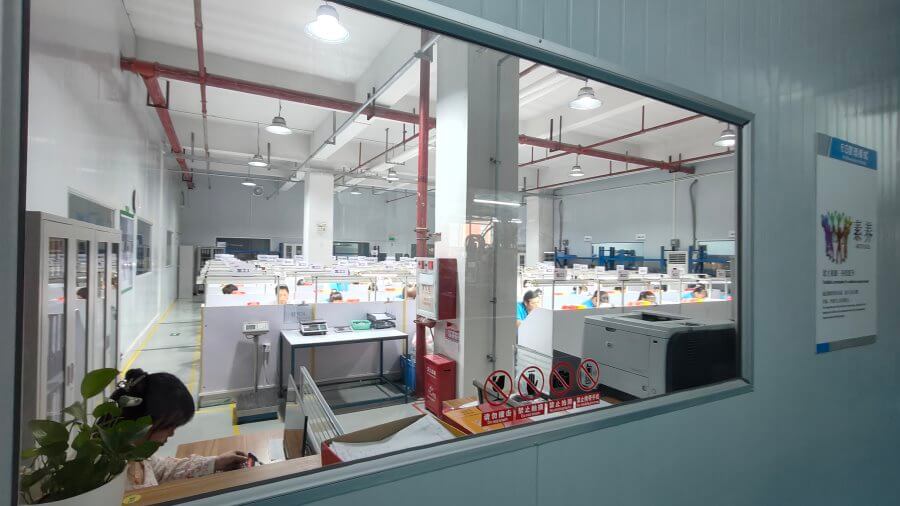Fireproof silicone, also called flame-retardant silicone or UL-94V0 grade silicone, is designed to resist fire by breaking down when exposed to high temperatures (340°C – 490°C). As it decomposes, it absorbs heat from burning surfaces, slowing the spread of flames. At the same time, it releases moisture, which reduces oxygen levels around the material, and the active oxides produced during decomposition form a protective layer that prevents further combustion. With a top-tier flame retardant rating of FV-0/UL-94V0, fireproof silicone is highly effective at stopping fires and is self-extinguishing. Made from imported, eco-friendly materials, it is non-toxic, odorless, soft to the touch, durable, and completely environmentally friendly. It is commonly available in black, white, and gray.
How Does Fireproof Silicone Prevent Flames?
Fireproof silicone resists fire by breaking down at high temperatures (340°C – 490°C), absorbing heat from burning surfaces to slow combustion. At the same time, it releases moisture, reducing oxygen levels around the material. The active oxides produced during decomposition form a protective layer that further prevents flames from spreading.
This silicone typically has a Shore hardness of 25-70, with a thickness ranging from 0.1 to 3.0 mm and a width of 60 cm. It also offers excellent thermal conductivity, insulation, and shock absorption. The material is naturally adhesive, soft, and easy to handle, making it ideal as a thermal conductive filler between irregular components and heat sinks. Some versions are reinforced with fiberglass or carbon fiber for added strength.
Primarily used for electrical insulation, fireproof silicone has a high insulation grade and can withstand high-voltage loads. It is commonly found in insulating fabrics, casings, and other protective products.
Fireproof Silicone’s UL Flame Retardant Ratings
The UL94 rating is the most widely used standard for measuring the flammability of plastic materials. It evaluates how well a material can self-extinguish after being ignited, considering factors like burning speed, duration, and whether dripping particles ignite other materials. Since UL ratings can vary based on color and thickness, they should always be reported with the corresponding material thickness for accuracy.
UL94 Flame Retardant Ratings and Testing Standards:
1. HB
The lowest flame retardant grade. For samples 3-13 mm thick, the burn rate must be under 40 mm per minute; for samples thinner than 3 mm, it must be under 70 mm per minute or self-extinguish before reaching 100 mm.
2. V-2
After two 10-second burning tests on the sample, the residual flame and burning must extinguish within 60 seconds. Dripping particles can ignite cotton.
3. V-1
After two 10-second burning tests on the sample, the residual flame and burning must extinguish within 60 seconds. Dripping particles cannot ignite cotton.
4. V-0
After two 10-second burning tests on the sample, the residual flame and burning must extinguish within 30 seconds. Dripping particles cannot ignite cotton.
5. VB
After five 5-second burning tests on the sample, the residual flame and burning must extinguish within 60 seconds. Dripping particles cannot ignite cotton. For block samples, burning through is allowed.
6. VA
After five 5-second burning tests on the sample, the residual flame and burning must extinguish within 30 seconds. Dripping particles cannot ignite cotton. Burning through is not allowed for block samples.





